Ancient Psychedelia: Alien Gods & Mushroom Goddesses
Online Book - Chapter 11, Page 183
Back to Online Book Mainpage / Next Page (Chapter 11, Page 184)
| Many times we read about thunderbolts being cast and arrows being shot and even darts being hurled. It may be a good time to bring this into the discussion. These symbols are all one and the same. They are all mushrooms. Whether the thunderbolts are used to express the engendering of the mushrooms or they are the mushrooms themselves is not important, it’s likely both at the same time. How can we be certain of this? Nothing is for certain, but we do have clues. There are several Greek and Roman coins I have found which have both the thunderbolts and the arrows appearing almost identical to each other. In the first coin, c. 125 AD, from Rome, we see the eagle on one side and the classic “thunderbolt” on the reverse (52d)(no eagle shown). On a comparison coin, from 2 BC–4 AD, from Rome, we see the same design of the thunderbolt but in this case, they are three arrows (52e). This is one clue for us. In addition the eagle holds both the thunderbolt and the arrows in her clutches. On a Greek coin of Ptolemy II Alexandria c. 266 BC, we see the eagle clutching the thunderbolt (52f) and on a similar Greek coin of Zeus, from 200-175 BC, we see the eagle clutching the arrows (52h). This same symbol appears on modern US coins as well. Now compare those to a Late Hellenistic basalt stele c. 320-30 BC, which depicts Zeus holding the arrows, and they are bent a little and shaped slightly like mushrooms, but remember, these are not arrows, they are Zeus’s “thunderbolt” (41i). This leads me to conclude the arrows, thunderbolts and mushrooms are one in the same. 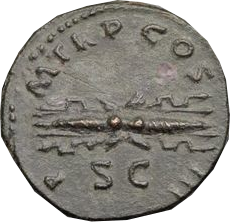 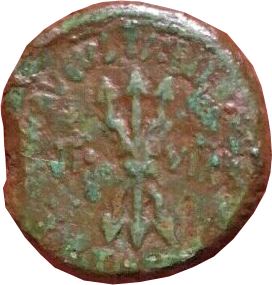 R: (52e) Roman Bilbilis Semis Augustus Thunderbolt c. 2 BC - 4 AD L: (52f) PTOLEMY II Philadelphos Alexandria. Eagle. Obverse Diademed head of Ptolemy I right, aegis tied c. 266 BC 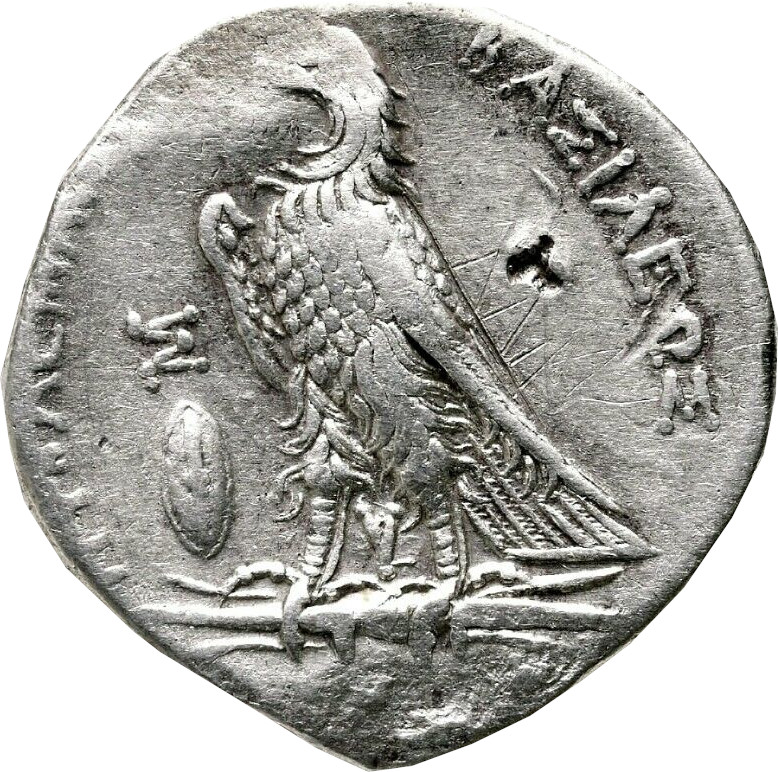 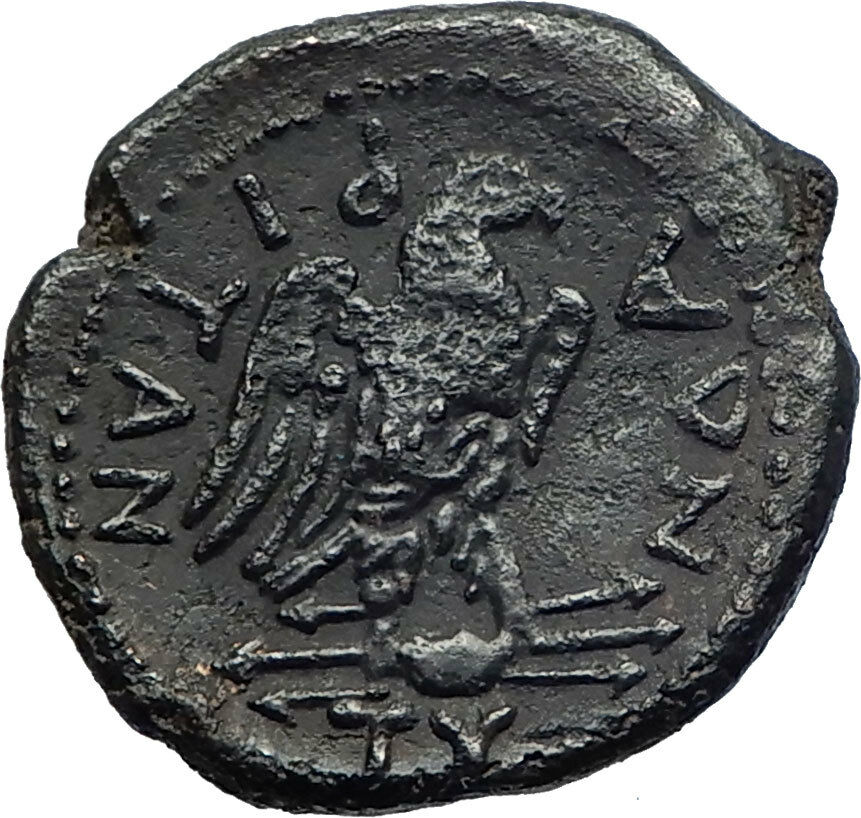 R: (52h) Laureate head of Zeus right; star behind. Eagle with spread wings standing right on thunderbolt c. 200-175 BC |
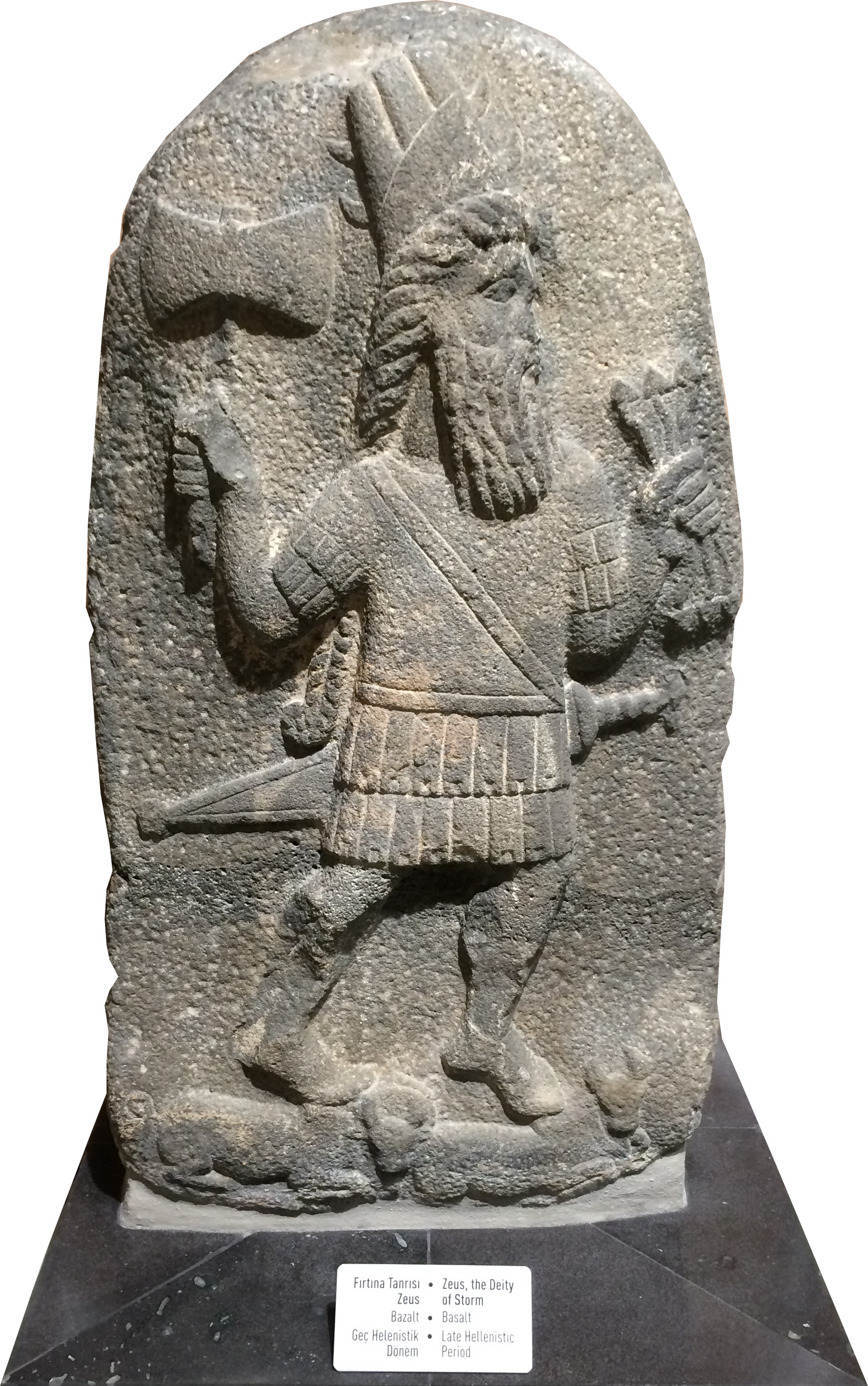 (41i) Zeus Late Hellenistic Basalt stele c. 320-30 BC This is very revealing when we understand the mythos involved. Now, one more clue here are the “angels.” Graeco-Roman era “angels” originated as “thunderbolts” as we see depicted on a Greek coin c. 179-168 BC (52c, k). 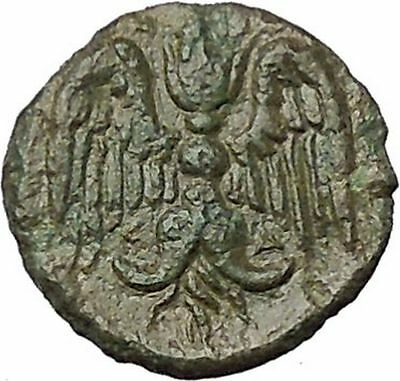 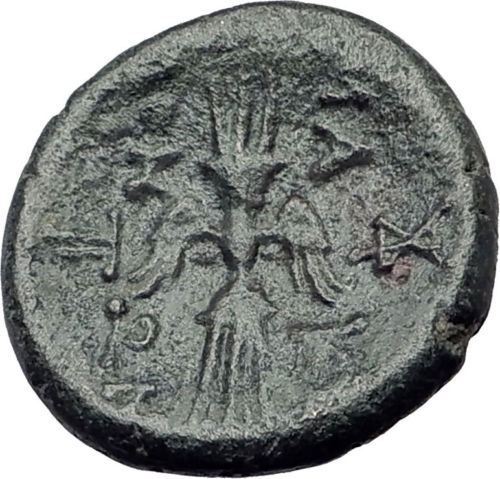 R: (52c) Greek, Philip V Macedonia Perseus Rev: Zeus Thunderbolt c. 179-168 BC |
Go Back to Page 182